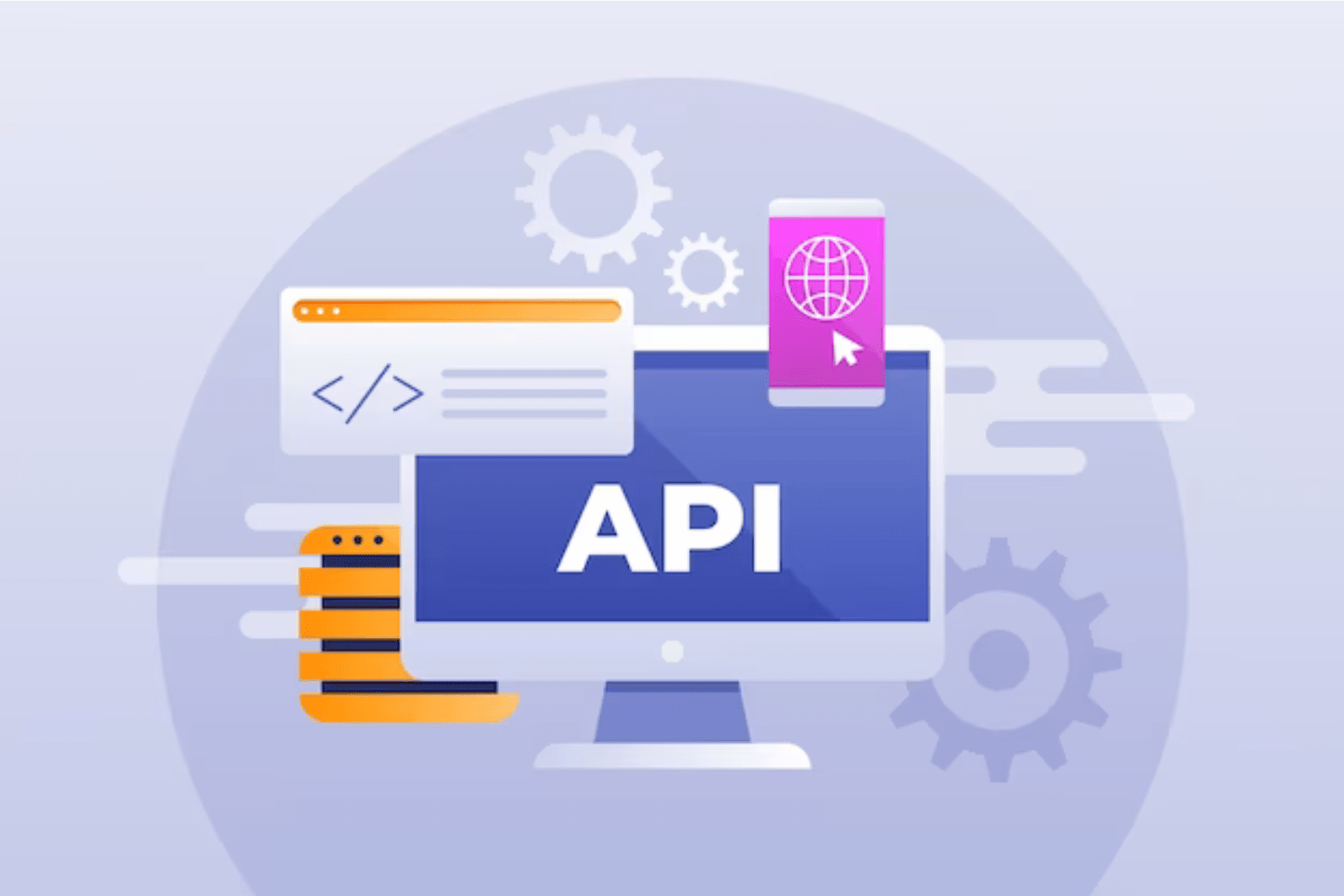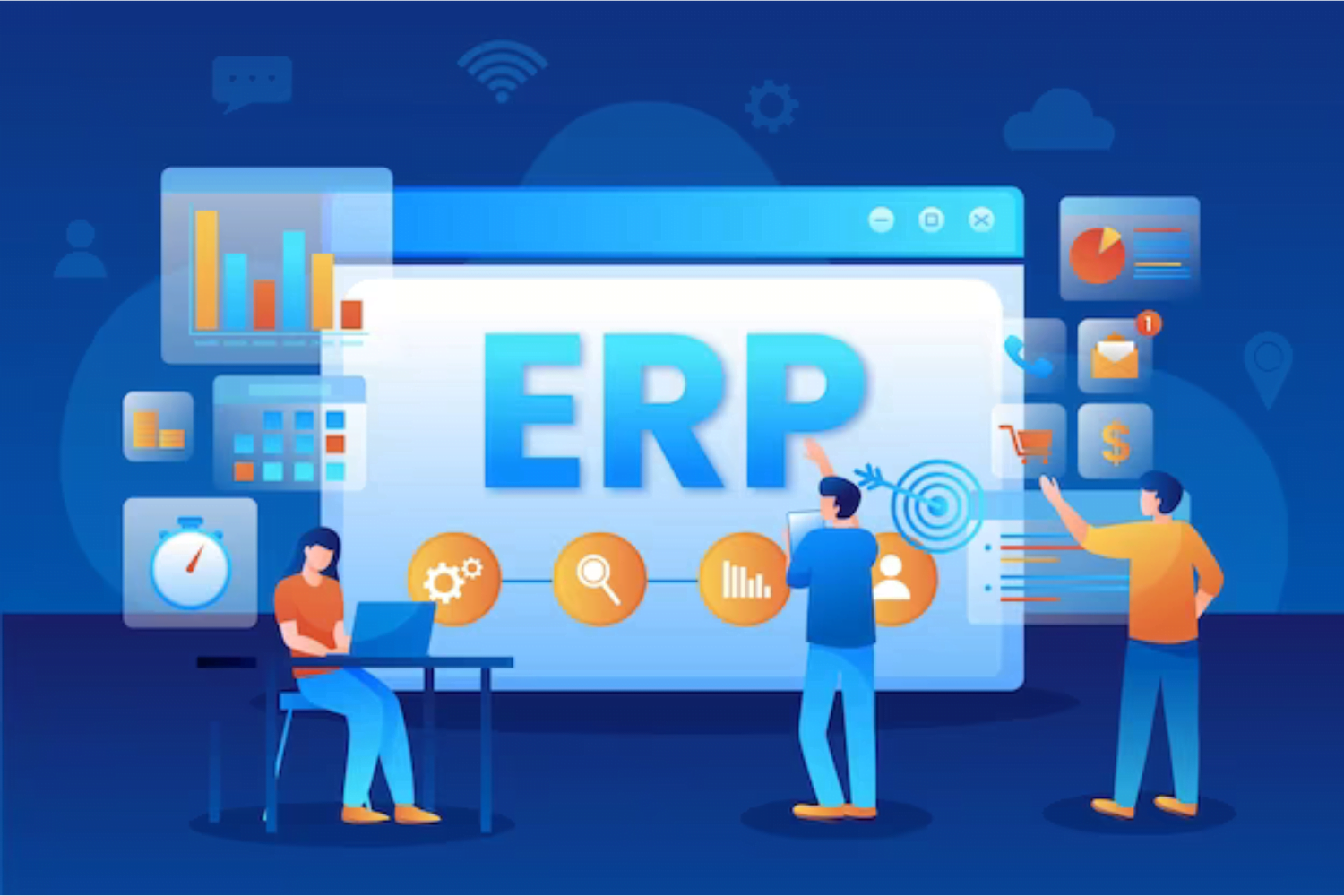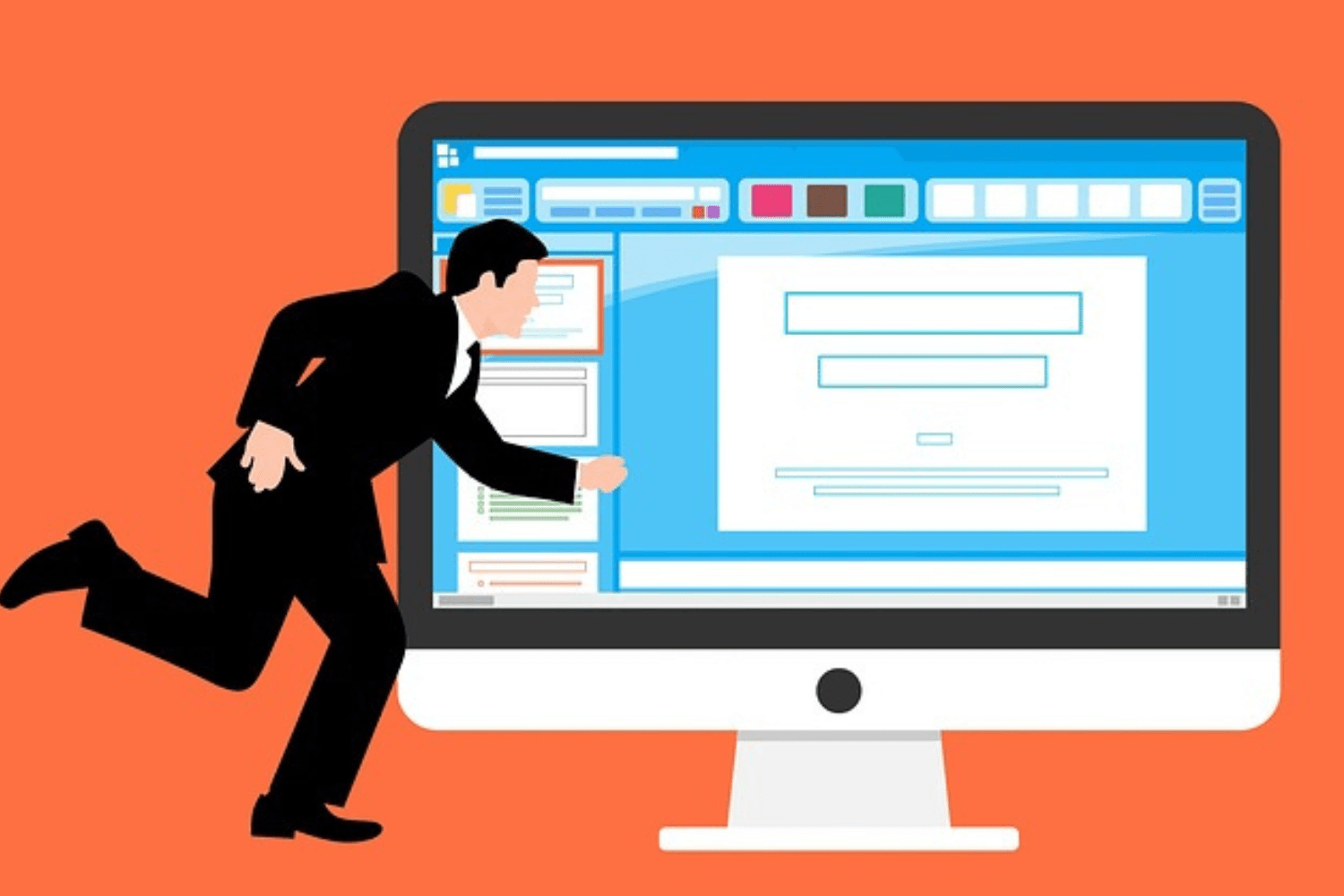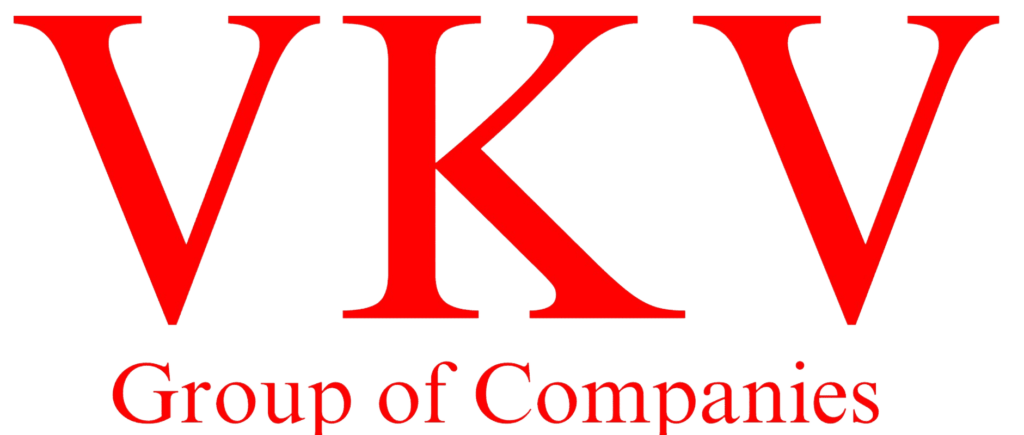
Our dedication to the success of our clients goes beyond the original development stage.
Beyond the original creation stage, we are dedicated to the success of our clients. To keep your software up to date, secure, and performance-optimized, we provide continuing maintenance and support services. Our team is always accessible to resolve any problems, put updates into effect, and offer technical support as required.
Here are key aspects of software maintenance and support
1. Bug Fixing and Issue Resolution
- Purpose : Identify and rectify any defects or issues that arise in the software after it has been deployed.
- Activities :
- Establish a system for users to report bugs or issues.
- Conduct thorough testing and debugging to identify the root cause of problems.
- Implement and test solutions to resolve identified issues.
2. Software Updates and Enhancements
- Purpose : Introduce new features, functionalities, or improvements to enhance the software's performance and usability.
- Activities :
- Plan and prioritize updates based on user feedback and business requirements.
- Develop and test new features or enhancements before deployment.
- Communicate updates to users and provide any necessary training or documentation.
3. Security Patching and Updates
- Purpose : Protect the software and its users from security vulnerabilities and threats.
- Activities :
- Regularly monitor security advisories and apply patches or updates to address identified vulnerabilities.
- Conduct security audits and penetration testing to identify and mitigate potential risks.
4. Performance Monitoring and Optimization
- Purpose : Ensure that the software continues to perform efficiently and meets performance expectations.
- Activities :
- Use monitoring tools to track key performance metrics (e.g., response times, resource utilization).
- Identify and address performance bottlenecks through code optimizations or infrastructure adjustments.
5. Compatibility Testing
- Purpose : Ensure that the software remains compatible with different devices, browsers, operating systems, and third-party integrations.
- Activities :
- Conduct regular compatibility testing on various platforms and configurations.
- Address any issues related to compatibility through updates or adjustments.
6. Data Backup and Recovery
- Purpose : Implement processes to protect against data loss and ensure business continuity.
- Activities :
- Establish regular backup schedules for critical data.
- Test data recovery procedures to verify their effectiveness.
7. User Training and Support
- Purpose : Provide ongoing assistance and resources to users for effective utilization of the software.
- Activities :
- Offer user training sessions or create educational materials.
- Provide a support system for users to seek help, report issues, or request additional features.
8. Documentation and Knowledge Sharing
- Purpose : Maintain comprehensive documentation to facilitate understanding and usage of the software.
- Activities :
- Create user manuals, guides, and FAQs.
- Document code, architecture, and system configurations for future reference.
9. Regulatory Compliance and Updates
- Purpose : Ensure that the software remains compliant with relevant industry regulations and standards.
- Activities :
- Monitor changes in regulatory requirements and implement necessary adjustments.
- Conduct regular compliance audits to verify adherence.
10. End-of-Life Planning
- Purpose : Establish a plan for retiring or replacing the software when it reaches the end of its useful life.
- Activities :
- Evaluate the long-term viability of the software and plan for migration or replacement if necessary.
- Communicate end-of-life plans to stakeholders and provide guidance on transition steps.
















